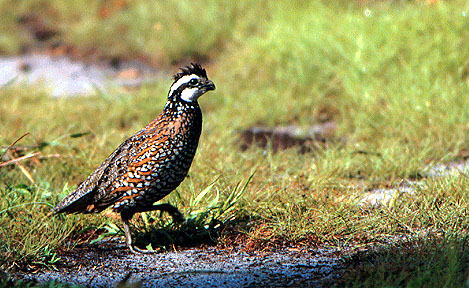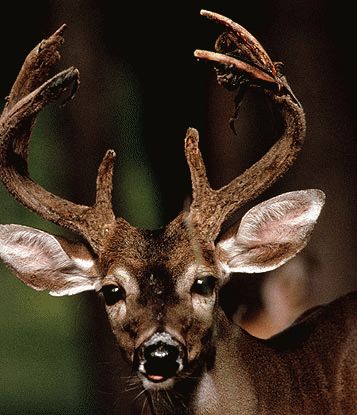
A great story about restoring coastal prairie for bobwhite quail and other grassland species made it’s way onto the front page of the Houston Chronicle over the weekend thanks Texas Parks and Wildlife Department. The story profiled Jim Willis, WW Ranch owner and founder of the Wildlife Habitat Federation, a wildlife co-op involving multiple landowners. The project shows how restoring native grasses aids not only quail, but dozens of other grassland wildlife species, including the most endangered bird in Texas, the Attwater’s greater prairie chicken.
The landowner federation is creating a seven mile long corridor connecting restored habitat on the 224-acre WW Ranch with the 10,000 acre Attwater’s Prairie Chicken National Wildlife Refuge, which offers prime habitat for quail and other species. For these reasons, the project is being upheld as a model effort, drawing diverse support from groups like Audubon Texas, Sand County Foundation, the U.S. Fish and Wildlife Service and many others. We can only hope that restoring native habitat and quail management really catches on in Texas.
